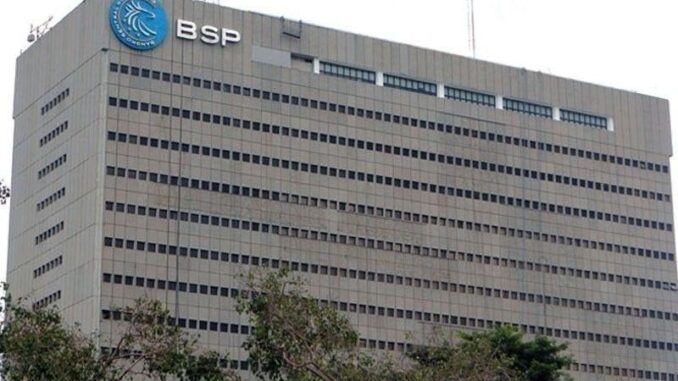
MANILA, Philippines — The Bangko Sentral ng Pilipinas (BSP) confirmed on Tuesday that it sold gold during the first half of the year, following a report identifying the central bank as the largest precious metal seller for that period.
In a statement, the central bank said that the gold sales were part of an “active management strategy” of the country’s gold reserves, which form a portion of the Philippines’ gross international reserves.
“The BSP took advantage of the higher prices of gold in the market and generated additional income without compromising the primary objectives for holding gold, which are insurance and safety,” the central bank’s statement read.
Gross international reserves are assets held by the central bank. It comes in foreign investments, gold and foreign exchange.
According to a Metrobank explainer, these are also supplemented by claims on the International Monetary Fund (IMF) as reserve positions in the fund and special drawing rights.
Nearly 25 tons
Citing data from the World Gold Council, brokerage tracking website bestbrokers.com showed that the BSP sold the most gold in the world selling 24.95 tons of the metal bringing down the country’s gold holdings to 134.06 tons.
This was followed by Thailand, which sold 9.64 tons; Uzbekistan, which sold 6.22 tons; Mongolia, with 1.33 tons; and Singapore, which sold 1.18 tons.
However, the central bank has remained silent on the exact amount of gold it sold.
Despite the gold sales, the country’s gross international reserves have remained robust, reaching $107.9 billion by the end of August 2024, up from $103.8 billion at the end of December 2023, according to the BSP.
“It also represents about 6.0 times the country’s short-term external debt based on original maturity and 3.8 times based on residual maturity,” BSP’s statement read.
The central bank added that the current level of gross international reserves provides a sufficient external liquidity buffer, equivalent to 7.8 months’ worth of imports of goods, and payments for services and primary income.





Be the first to comment